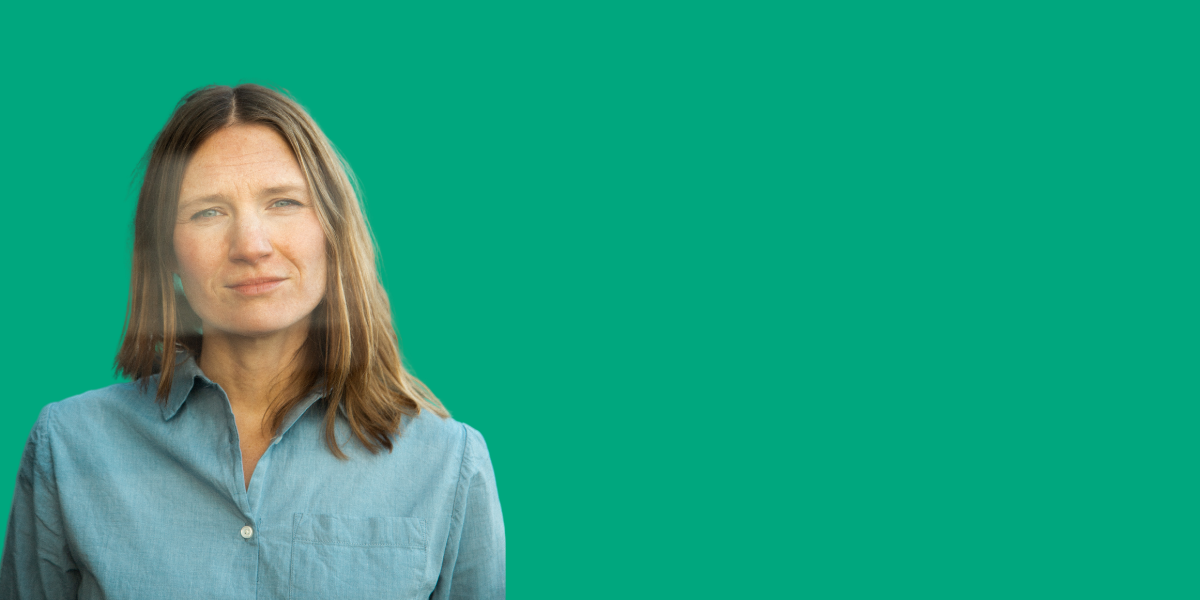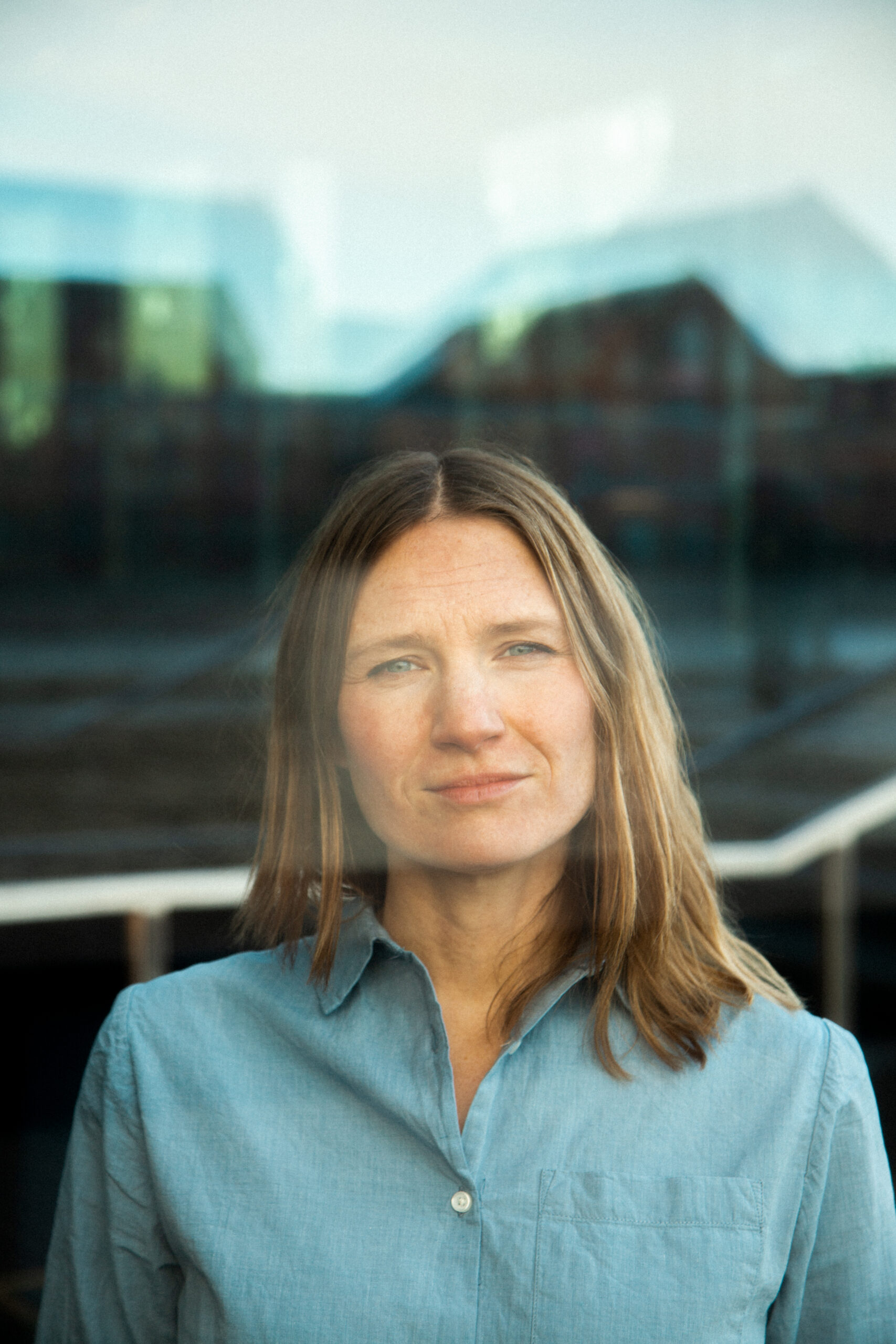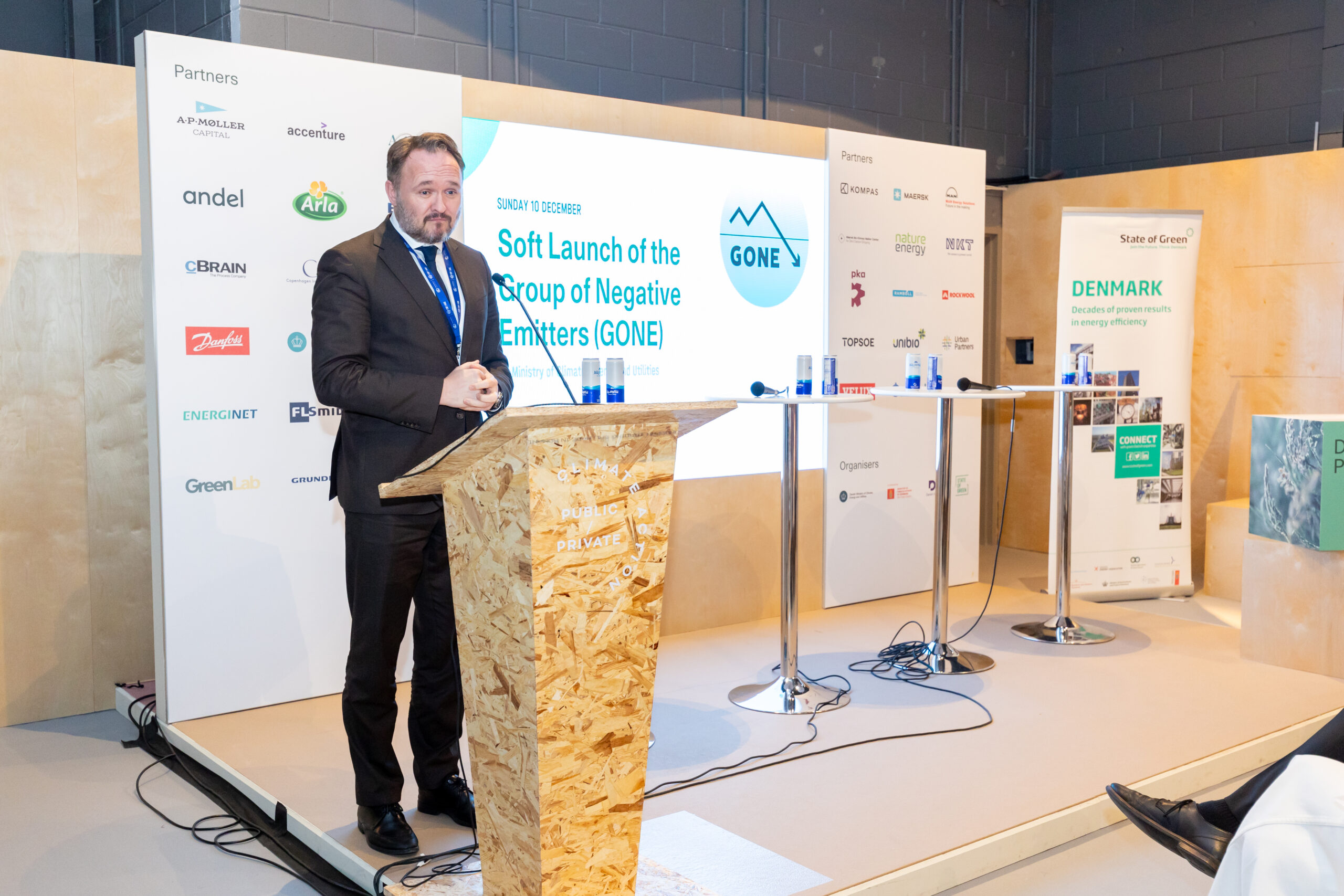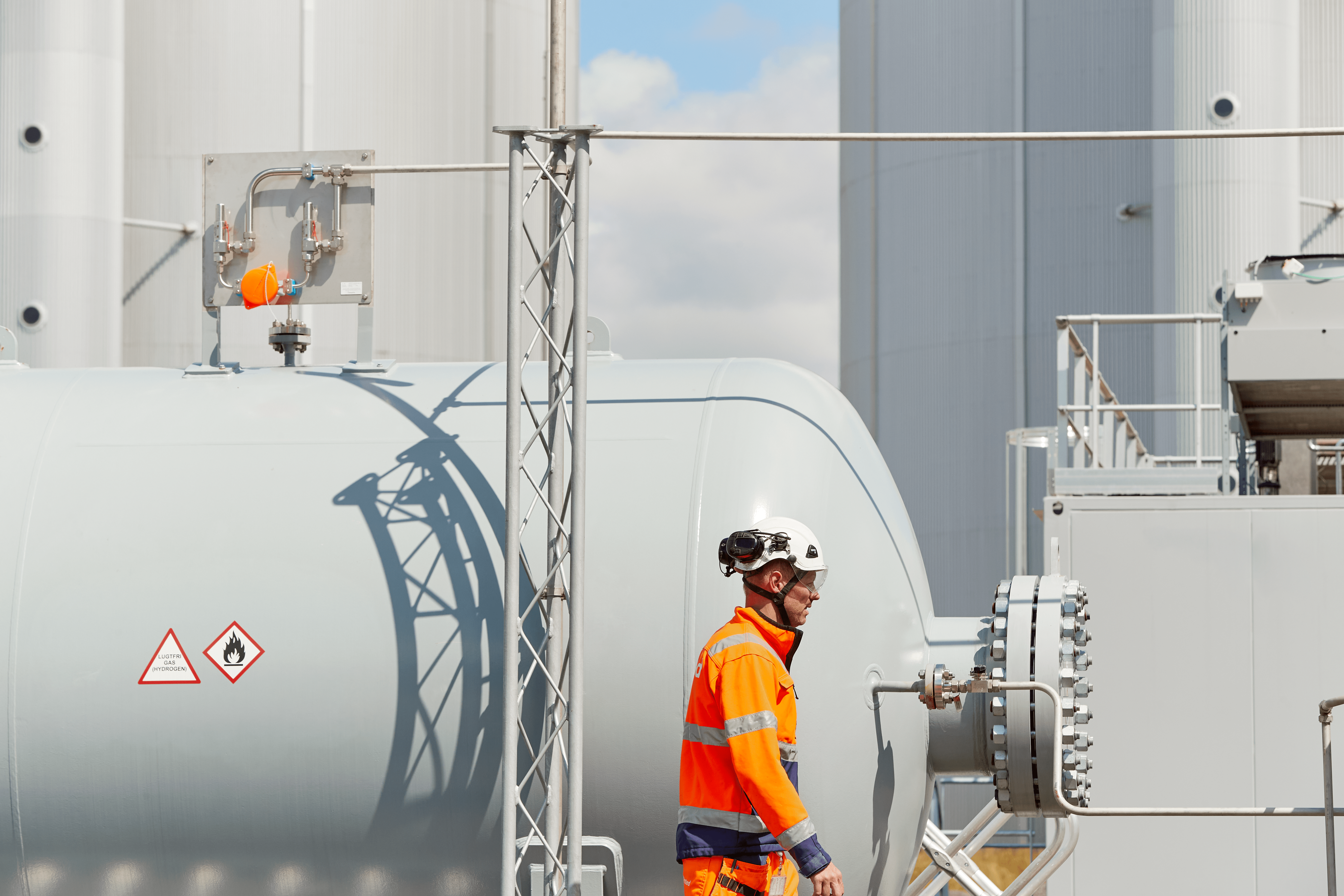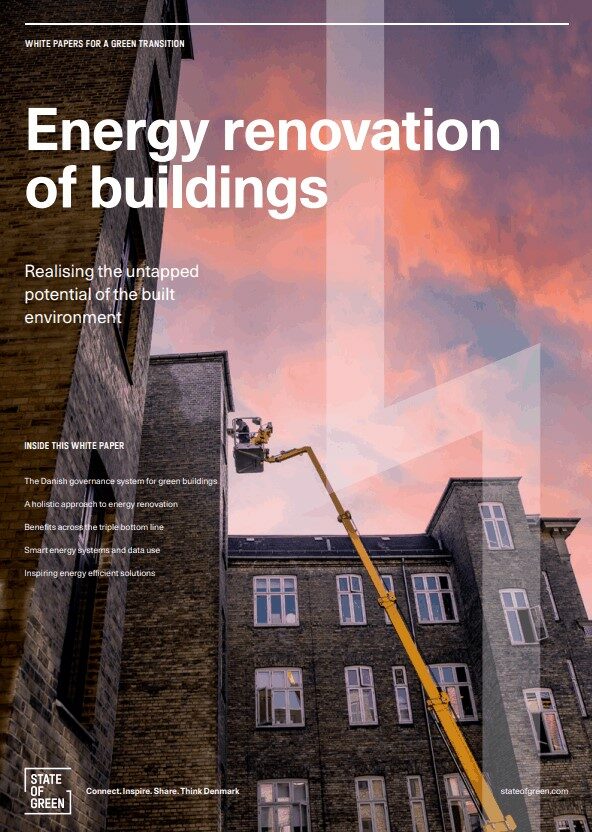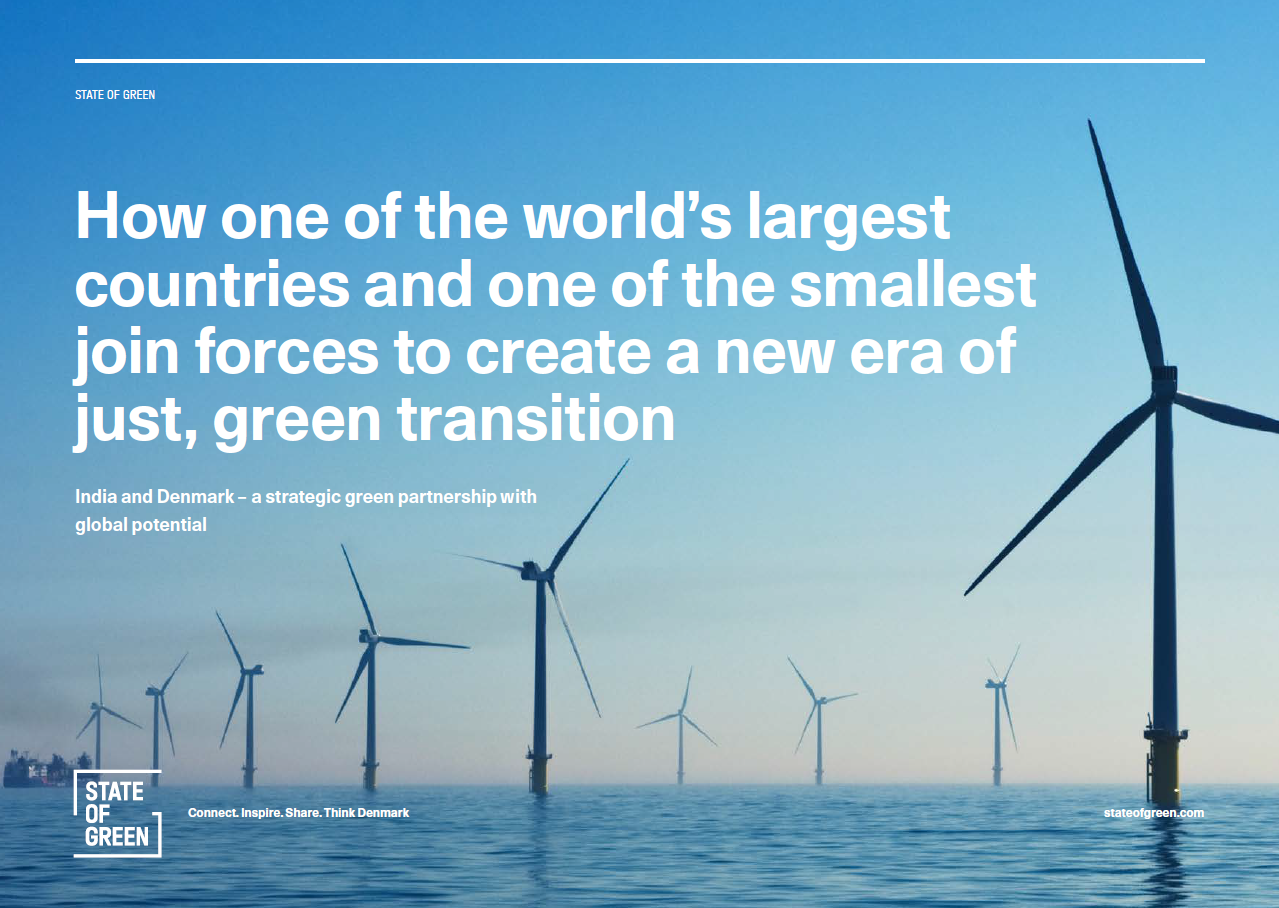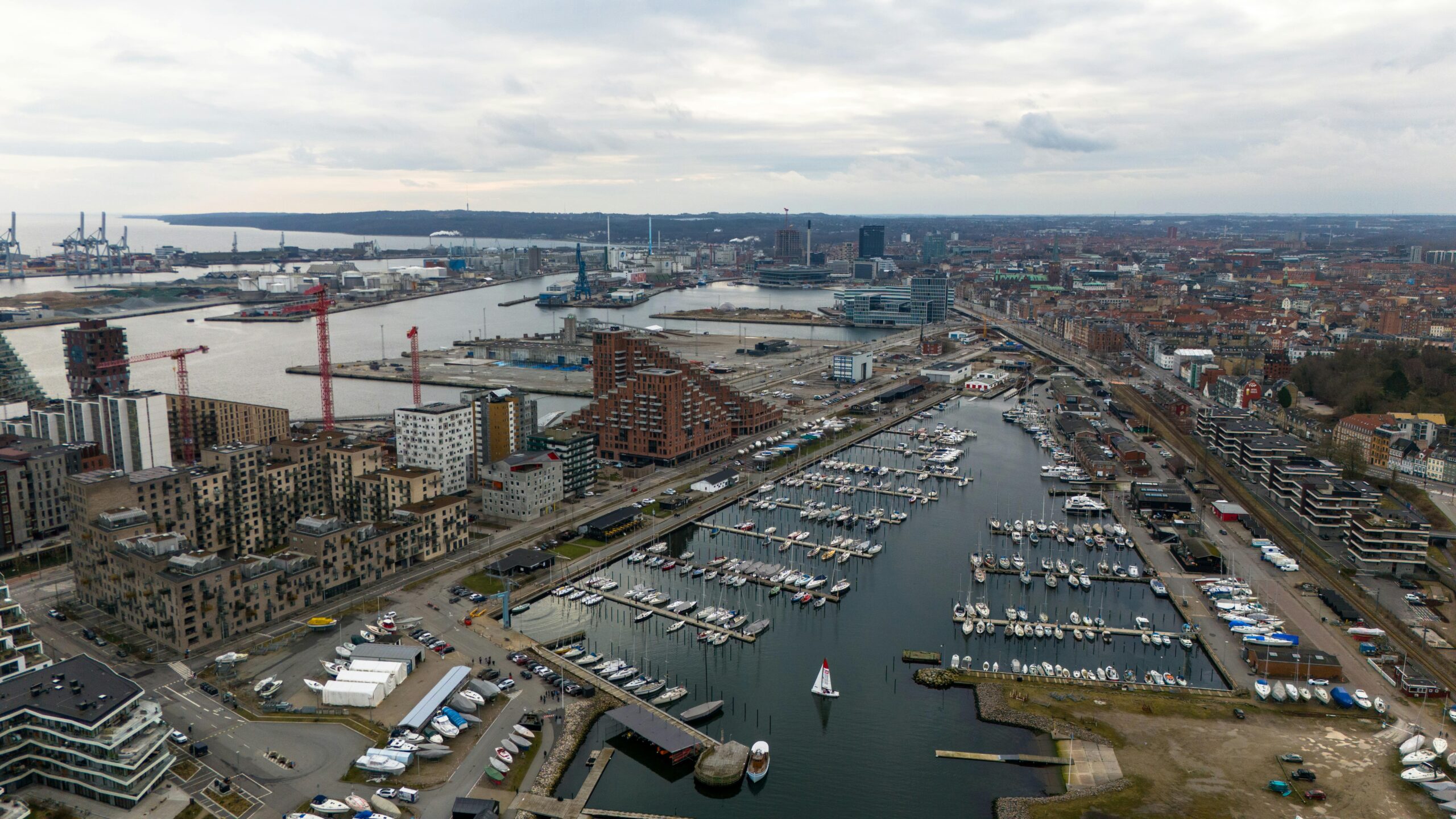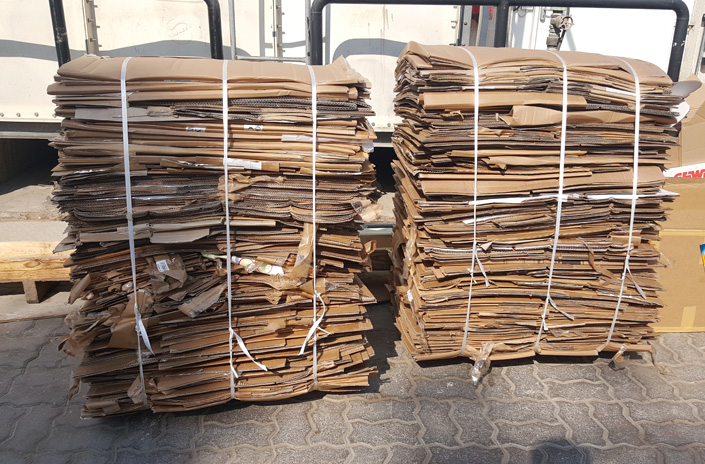The more we work to accelerate the circular transition at DDC – Danish Design Center, it becomes clear that to many, the circular economy is an abstract and intellectual term that’s hard to wrap one’s head around. The process of becoming circular is loaded with complexity and uncertainty, making the transition’s goal ambiguous and vague. That’s a real challenge. We’re lost if we do not know in which direction to go.
Along with the complexity of the circular economy, the public debate in Denmark on this subject is often dominated by a technocratic focus on technology innovation and waste management. While this is a critical part of the circular economy, it does not unpack the full potential of circularity. We must move from a focus on treating the symptoms of the linear economy to truly solving its problem.
The mission: If you can imagine it, you can design it
At DDC, we have committed ourselves to the mission to “Design the irresistible circular society.” We strive towards this goal in all our Green Transition projects and collaborations. But to get there as a country, we must have a joint and compelling vision of what a future circular society is that can mobilize and inspire a movement to drive the transition. Not just at a mission that inspires our work here at DDC, but a mission that can mobilize the large ecosystem of companies, organizations, and civic actors in Denmark.
Along with a strong image of a goal – where to go – we need to have a better and more coherent understanding of how to get there. How can Denmark contribute to this global challenge? Clarifying this will give us a better knowledge of how we can contribute and participate in this transition.
That is why we now initiate Mission 30 by 2030 – to co-create this shared mission for a circular economy in 2030 together with thirty key partners in Denmark.
The result of 30 by 2030 will define our mission here at DDC, but we hope that many other organizations, institutions, and companies will also call it their mission. No one owns it – it is everyone’s mission. And we will not succeed if we do not all work towards it.
The method: Mission-oriented innovation
So, how do you create a national, circular mission? Being a design center, we (obviously, one might say) take a design-driven approach to solving this challenge.
A mission-oriented innovation has gained footing as a dominant approach to solving complex challenges in the past years. This is also the case in Denmark with the Danish Government’s launch of the four green research missions in 2020.
Mission-oriented innovation is a new and emerging field. In collaboration with great partners such as University College London’s Institute for Innovation and Public Purpose and OECD’s Observatory of Public Sector Innovation, we have worked to make the approach more accessible and actionable. It’s a new way to work and collaborate for the many interested actors (both public and private) everyone has to learn.
Missions are defined goals for a specific project or work area that is bold, inspirational, and relevant to the broader society. They are determined to create an impact, which our current ways of working and acting haven’t been able to achieve before. Missions are clearly framed – targeted, measurable, and time-bound.
Missions offer a vital reframing of how we address complex challenges. They define a clear (often ambitious and challenging) goal but maintain and insist upon openness and ambiguity about how to get there. With missions, we acknowledge that there is not one singular solution or investment that will make us reach our goal. Instead, it will be achieved by a myriad of solutions and activities acting on many different societal layers at once.
A primary design process component is operating in the unknown to achieve a new goal. Designers navigate uncertainty by constantly testing assumptions and exploring how to create new value through ongoing prototyping and testing with users. And designers are increasingly taking on a more systemic approach to solving problems. I recommend diving into the Design Council’s report Beyond Net Zero – A systemic design approach that clearly illustrates how design skills and practices can catalyze systemic change:
“They know the power of motivation and paint hopeful visions of the future to which people want to belong, prompting with carrots rather than sticks. They have the freedom to take risks, fail and learn from their processes. They can make connections that have not been made before. They connect, convene and bring people together – beyond their own organization (as well as its bottom line) – to work at a larger scale,” as stated in the report.
A playbook in beta
These design attributes are crucial when we want to understand the how of missions. How do we design and scope missions? And more importantly (the hard part), how do we navigate these long-term missions? When the journey towards the goal is unclear, we need to set measures for how to be explorative and adaptive in our efforts to transform knowledge and insight into the best new investments and solutions. This calls for new governance and collaboration models, new ways to assess impact, and new partnerships across sectors to drive further market creation.
Last year, in the fall of 2021, we published our Mission Playbook. This is our first take on how to launch and design missions. It is in a forever beta mode, as mission-oriented innovation is an emergent field where we are constantly learning and adapting. Together with the University of London’s Institute for Public Purpose, we have framed how to approach missions in three dimensions that, in my perspective, offer a valuable framework for how to organize mission-oriented work:
- Setting direction (where to go)
- Mobilizing ecosystems (with whom)
- Building capacity (how to get there)
Recently we published an analysis together with OECD. We explored ongoing mission practices, challenges, and areas for further development of the international community of training, which will help us evolve and expand the playbook.
The 30 for 2030 way
With our mission to design an irresistible circular society, we acknowledge the complexity of the challenge, and we insist on taking a mission-driven approach to solving it.
A circular economy is not just about the products we design. Circularity demands a new culture and mindset for companies, consumers, and decision-makers. It is a systemic challenge that inspires new collaborations across the public, private, and civic sectors. And it is a new paradigm where the success of products and services are measured by new parameters on several bottom lines.
We know we want to create a circular society for Denmark by 2030. We don’t know what that means or how we get there.
By inviting 30 partners to Mission 30 by 2030, we hope to connect the necessary ideas, knowledge, skills, and experiences from across the ecosystem to address the complexity of the challenge from a new and more holistic perspective. We hope that dialogue and exchanges among this group can result in a unique and compelling mission that resonates with us broadly across society and sets a clear direction.
We launch the mission on LOOP FORUM on April 28th at Lokomotivværkstedet in Copenhagen. Hopefully, this will be the starting point for new dialogues, collaborations, and investments in a circular society that is clear, compelling, and even irresistible.
Thanks to Industriens Fond for your significant backing, qualification, and support for 30 by 2030.
